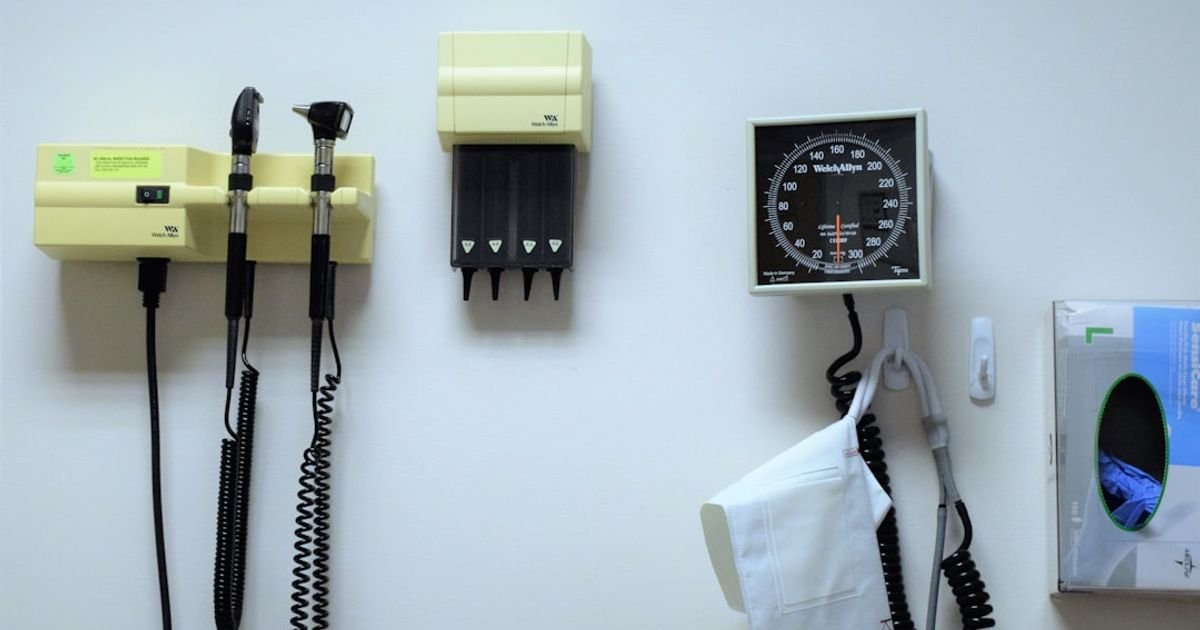About Prompt
- Prompt Type – Dynamic
- Prompt Platform – ChatGPT, Grok, Deepseek, Gemini, Copilot, Midjourney, Meta AI and more
- Niche – Disease Detection from X-rays & MRIs
- Language – English
- Category – Medical Imaging Analysis
- Prompt Title – AI Prompt for Diagnosing Diseases from Medical Images
Prompt Details
This prompt is designed to be dynamic and adaptable across various AI platforms for medical image analysis, specifically for disease detection in X-rays and MRIs. It incorporates best practices for prompt engineering to ensure clarity, specificity, and optimal performance.
**Prompt Structure:**
“`
Analyze the provided medical image ([Image Input]) of the [Body Part] taken using [Imaging Modality (X-ray/MRI)] from a patient with the following clinical context: [Clinical Context].
Task: [Specific Task]
Detailed Instructions:
1. Image Preprocessing: Before analysis, consider [Preprocessing Instructions] such as noise reduction, artifact removal, or contrast enhancement if deemed necessary. Justification for any preprocessing steps should be provided.
2. Region of Interest (ROI): Focus your analysis primarily on the [ROI specification]. Clearly delineate the ROI visually in your output if applicable.
3. Findings: Identify and describe any abnormalities, lesions, or pathologies present in the image. Provide specific details regarding:
* Location (e.g., anatomical location, using standardized terminology)
* Size (e.g., measurements in mm or cm)
* Shape (e.g., round, irregular, spiculated)
* Density/Intensity (e.g., hypodense, hyperdense, T1-weighted signal characteristics)
* Texture (e.g., heterogeneous, homogeneous)
* Margins (e.g., well-defined, ill-defined)
4. Differential Diagnosis: Based on the image findings and provided clinical context, provide a prioritized differential diagnosis, listing the most likely conditions first. Justify the inclusion of each potential diagnosis based on the observed image features.
5. Confidence Level: For each potential diagnosis, assign a confidence level (e.g., high, medium, low) based on the strength of the image evidence. Explain the reasoning behind the assigned confidence level.
6. Limitations: Acknowledge any limitations in the analysis due to image quality, available clinical information, or the inherent limitations of AI image interpretation.
7. Output Format: Provide your analysis in a structured format, using clear and concise language. Include visual annotations on the image (if possible) to highlight the identified findings and ROI. If quantitative measurements are made, specify the units used.
Image Input: [Provide the image data in a suitable format for the platform – e.g., file path, URL, base64 encoded string]
Body Part: [e.g., Chest, Knee, Brain]
Imaging Modality: [X-ray or MRI]
Clinical Context: [e.g., Patient age, sex, presenting symptoms, relevant medical history, previous imaging results]
Specific Task: [e.g., Detect and characterize any pulmonary nodules, Evaluate the extent of a meniscal tear, Assess for signs of intracranial hemorrhage]
Preprocessing Instructions: [e.g., Apply a median filter for noise reduction, Correct for motion artifacts, Perform histogram equalization]
ROI specification: [e.g., The right upper lobe of the lung, The medial meniscus of the left knee, The periventricular white matter]
“`
**Example Usage:**
“`
Analyze the provided medical image ([path/to/chest_xray.png]) of the Chest taken using X-ray from a patient with the following clinical context: 55-year-old male, presenting with a persistent cough and shortness of breath, 20-pack-year smoking history.
Task: Detect and characterize any pulmonary nodules.
Detailed Instructions: (As described in the Prompt Structure above)
… (Rest of the detailed instructions) …
Image Input: [path/to/chest_xray.png]
Body Part: Chest
Imaging Modality: X-ray
Clinical Context: 55-year-old male, presenting with a persistent cough and shortness of breath, 20-pack-year smoking history.
Specific Task: Detect and characterize any pulmonary nodules.
Preprocessing Instructions: Apply a lung segmentation algorithm to isolate lung fields.
ROI specification: Both lung fields.
“`
**Adapting the Prompt:**
This prompt is designed to be easily adaptable. Modify the bracketed placeholders ([…]) with the relevant information for each specific case. The level of detail in the “Detailed Instructions” section can be adjusted based on the complexity of the task and the capabilities of the AI platform. For more advanced platforms, you can provide more specific preprocessing instructions or request more nuanced analysis.
This dynamic prompt framework enables consistent and detailed analysis of medical images, aiding healthcare professionals in disease diagnosis and treatment planning. Remember to always validate AI-generated interpretations with expert medical review.

